What’s influencing digital customer engagement trends in 2023?
Time to read: 3 minutes
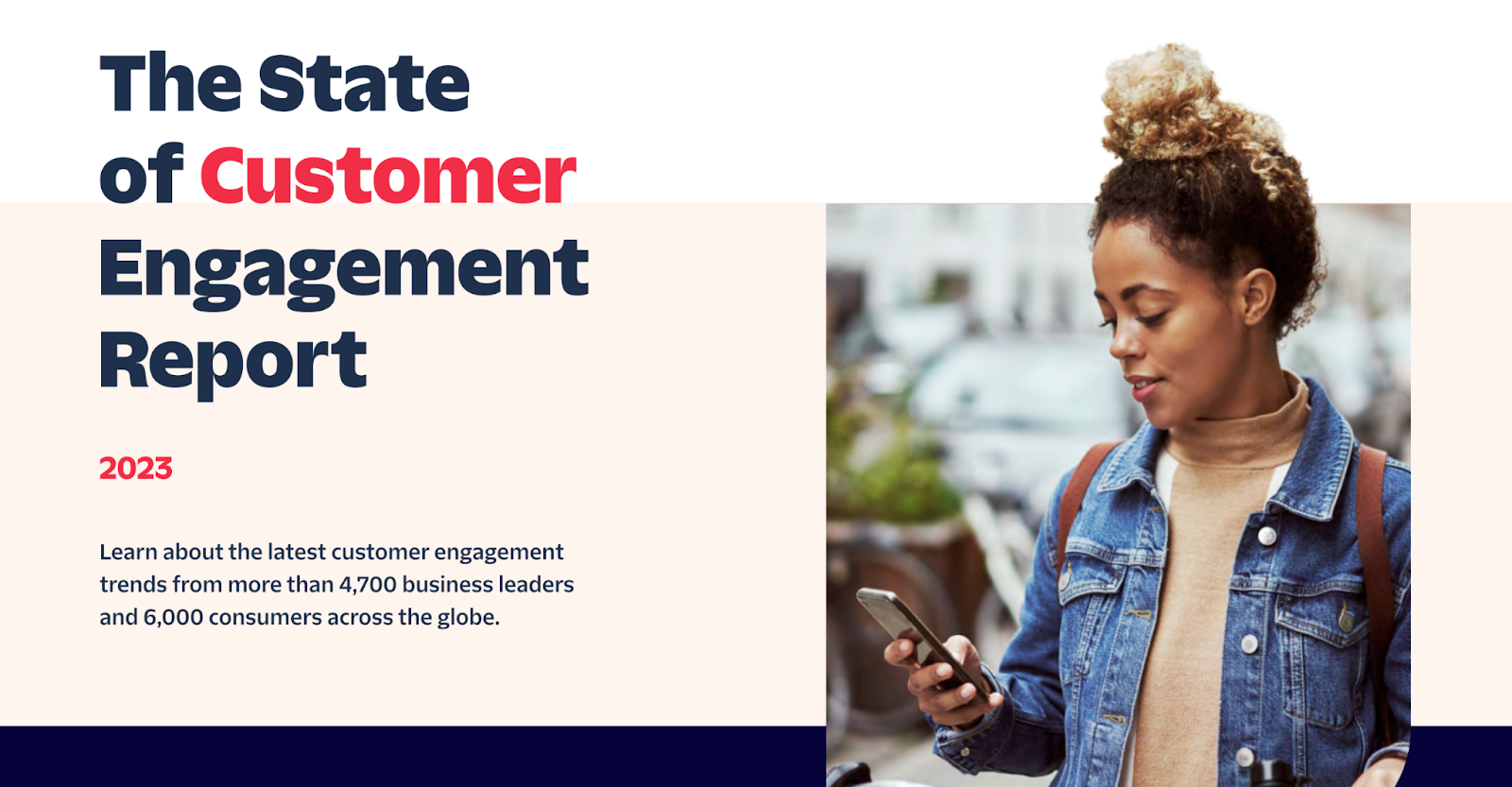
The current business landscape demands that brands acquire new customers and increase loyalty while operating with fewer resources. Twilio's State of Customer Engagement Report shows that, in 2023, the most successful brands are leveraging digital solutions to drive growth and business resilience, despite challenging conditions. In fact, 60% of brands say that investing in digital customer engagement has improved their ability to meet changing customer needs.
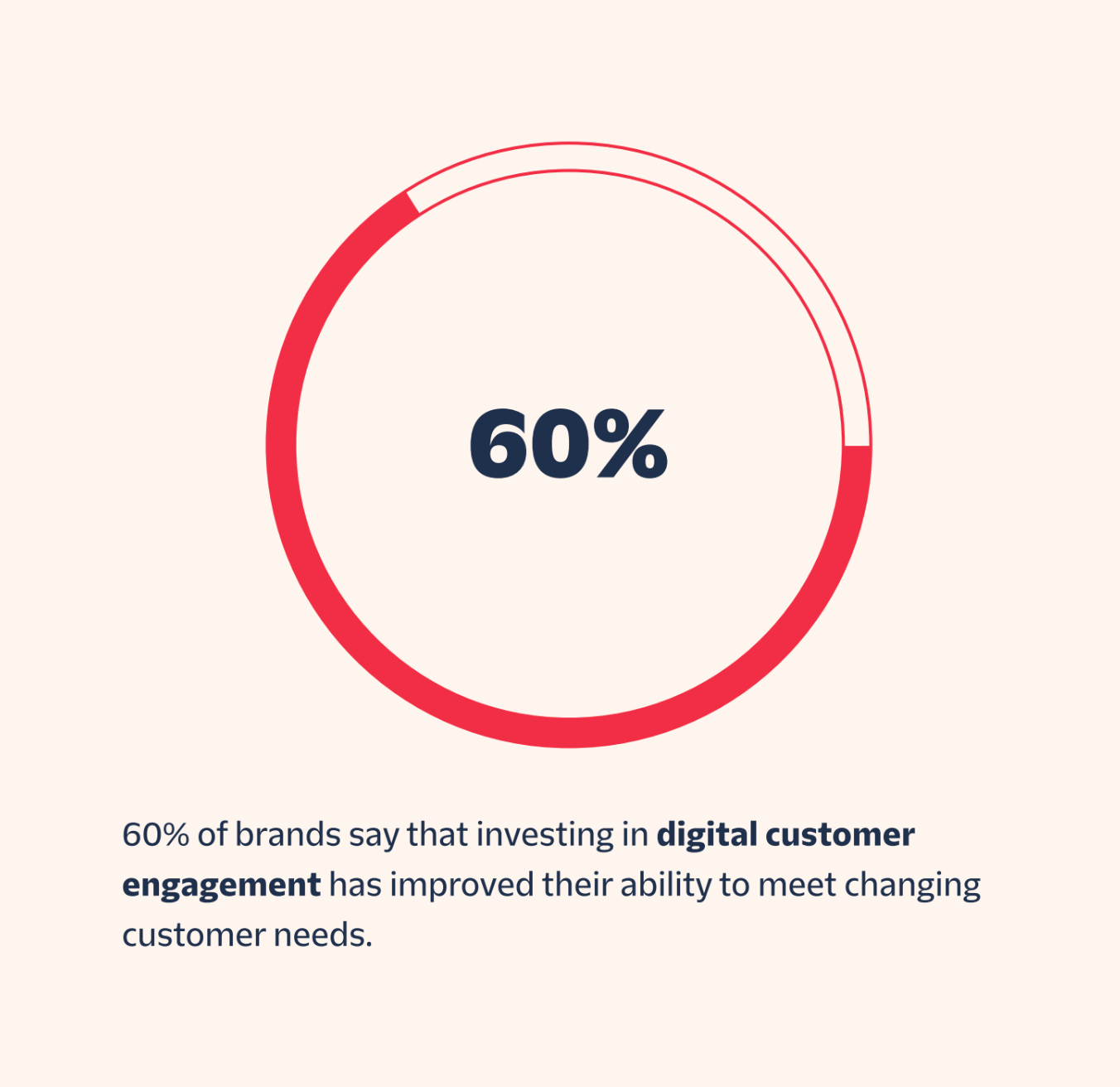
In order to understand why leveraging digital solutions results in such a positive outcome, we first have to look at the economic headwinds most organizations are still up against. Then we’ll break down a few ways in which brands can use that momentum to build more flexible and adaptive businesses designed to survive, and thrive.
The direct-to-consumer renaissance
The direct-to-consumer relationship is making a comeback in the digital age. Thanks to e-commerce, social media, and more efficient ways of communicating with customers from first engagement through the loyalty loop, companies are now able to build relationships with their customers directly.
Looking back, organizations that relied on distributors, aggregators, or brokers to sell their products and collect feedback from their customers were missing an opportunity to get real insight into what did and did not work. Now, brands can strategically leverage third-parties as a growth tool, but focus the majority of their resources on building a 1-to-1 connection with their customers. To do this, intelligent data collection is key. By relying more heavily on zero-party and first-party customer data, organizations can provide better customer service and create more personalized experiences for their customers. And according to the report, consumers revealed they spend an average of 21% more when brands personalize their experiences.
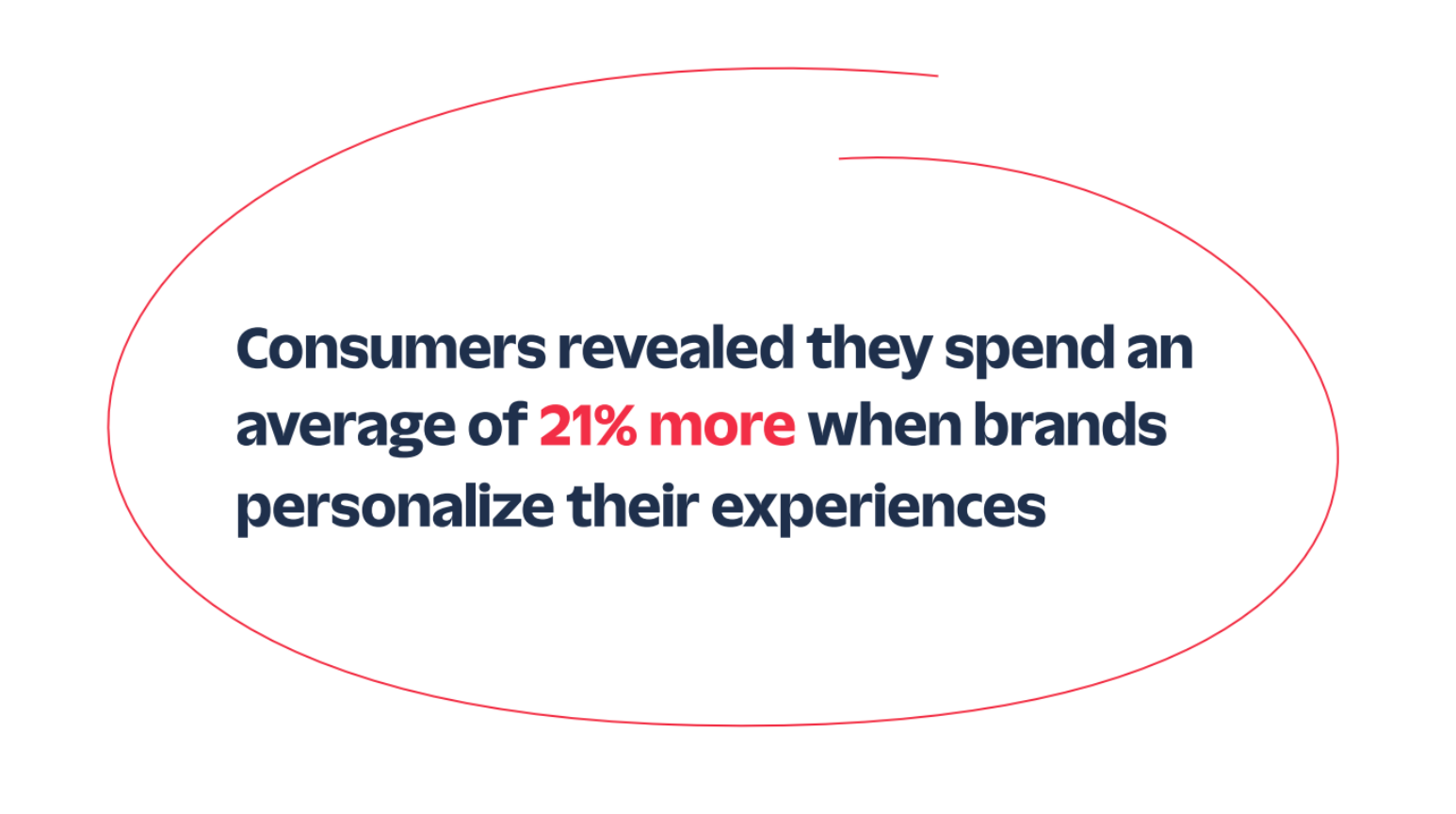
But this comes with its own set of challenges. Personalization is difficult to do without technology that creates a holistic view of your disparate customer data. Siloed systems have long been the barrier to a level of customer experience that most companies want to provide. To reach this holy grail, decision makers need to carefully choose tools that will efficiently craft a single view of their customer that can be used across every department.
Overall, the direct-to-consumer relationship revival is an exciting development for both businesses and consumers alike. It provides businesses with an opportunity to build stronger relationships with their customers while giving consumers more control over how they interact with brands.
A continued commitment to consumer privacy
More customer data often means more consumer privacy issues for businesses to address. Companies are collecting and storing vast amounts of personal information about their customers. This data can be used to create targeted ads and campaigns by brands to attract and retain customers. It’s essential that companies take steps to protect consumer privacy and ensure customer data is not being misused or abused.
The challenge for most businesses is clear. According to our report, 42% of business-to-consumer (B2C) business leaders believe finding a balance between security and customer experience is the biggest challenge of 2023.
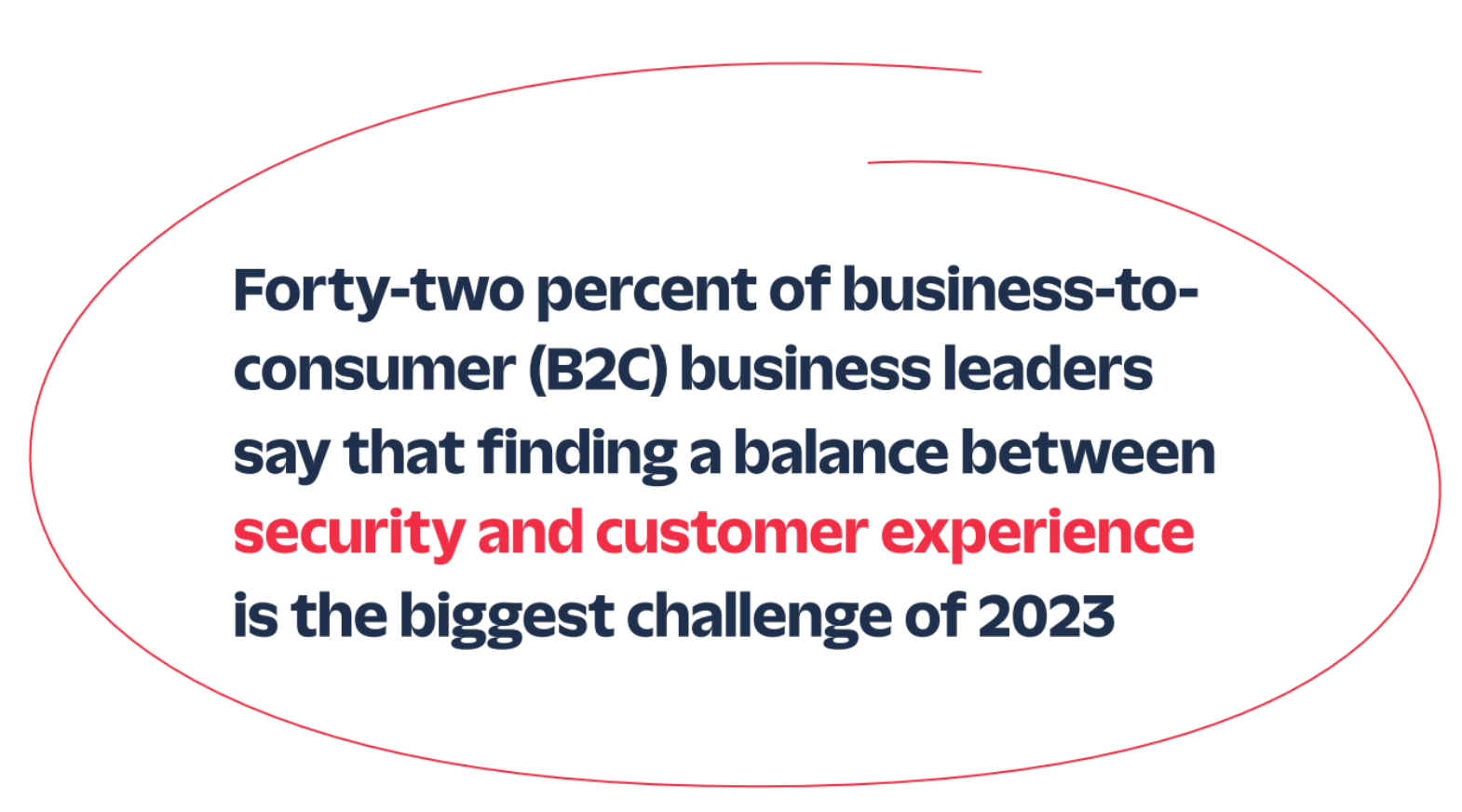
Ongoing digital transformation efforts
While digital transformation may have been the buzzword of the year in 2020 and 2021, the process of using digital technologies to create new or modify existing business processes and customer experiences to meet changing market requirements is far from over.
Organizations that implemented or doubled down on digital transformation over the past few years, are finding ways to refine their agility, efficiency, and competitiveness. It has opened up the opportunity to better serve customers by providing them with personalized experiences. For those who were in the beginning stages of digital transformation, the pressure to evolve and keep pace with competitors is more prevalent than ever.
Regardless of an organization’s place on the digital transformation continuum, businesses must continue to evolve by embracing digital tools that will allow them to remain competitive in today's ever-changing landscape. According to our research, that’s just what businesses are doing. Ninety-seven percent of brands expect their investment in digital customer engagement to almost double in three years.
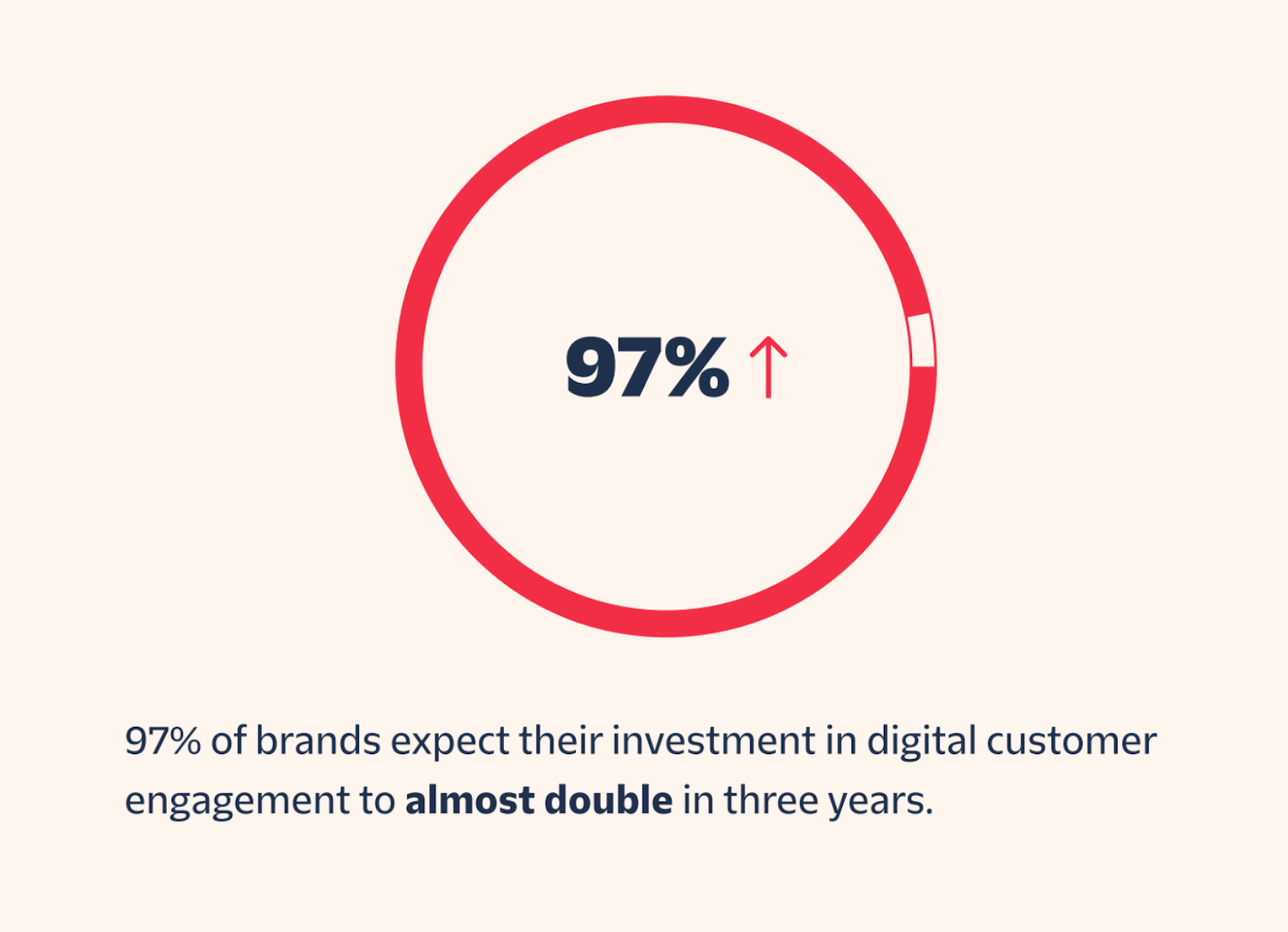
Listening is the way
Despite the pressures from the macro-influences impacting organizations, consumers are more empowered to make purchasing decisions than ever. And despite challenges in the macro-economic environment, 83% of consumers are planning to maintain or increase their buying in 2023.
It’s a crucial time to secure customer loyalty. To do that, brands must prioritize delivering a seamless customer experience.
How can organizations do that and win customer satisfaction and loyalty? The key is prioritizing limited resources on strategies that will work to decrease cost of acquisition and increase customer lifetime value in the most efficient way possible.
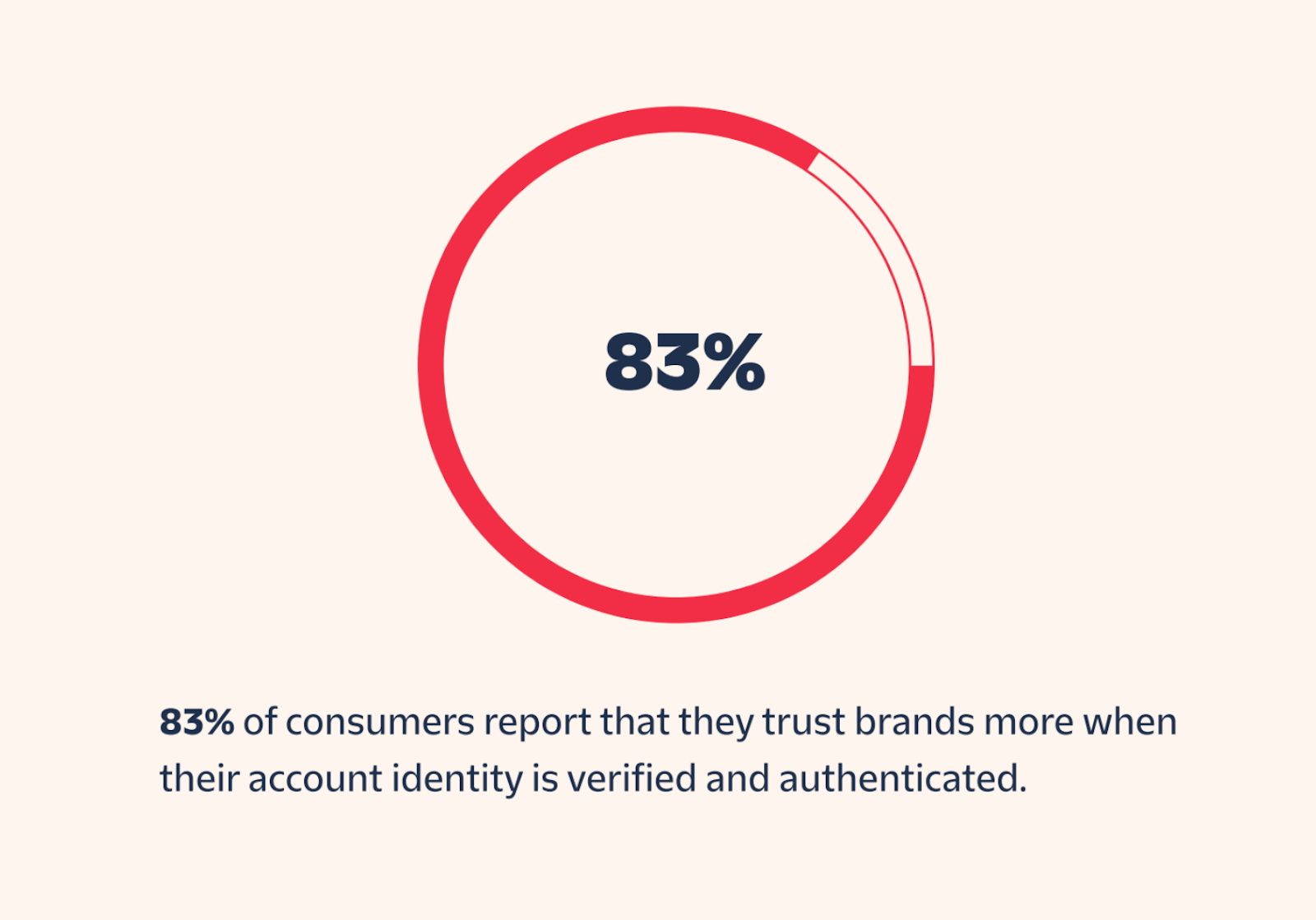
Related Posts
Related Resources
Twilio Docs
From APIs to SDKs to sample apps
API reference documentation, SDKs, helper libraries, quickstarts, and tutorials for your language and platform.
Resource Center
The latest ebooks, industry reports, and webinars
Learn from customer engagement experts to improve your own communication.
Ahoy
Twilio's developer community hub
Best practices, code samples, and inspiration to build communications and digital engagement experiences.